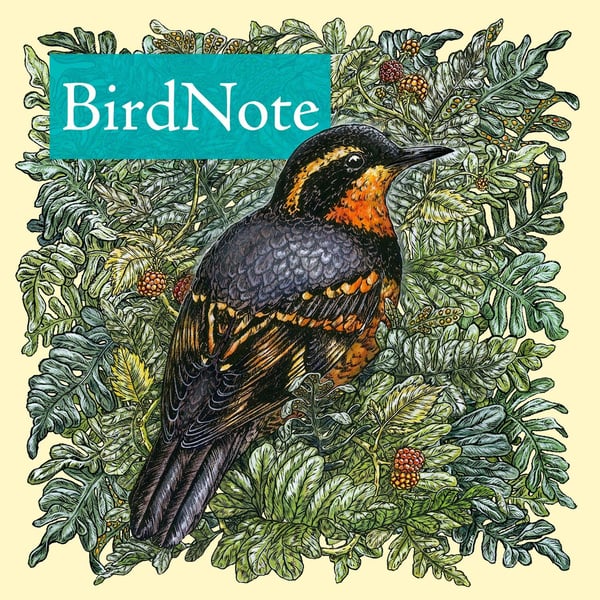Meet the Tiniest Owl in the World
BirdNote Daily
BirdNote
4.6 • 1.2K Ratings
🗓️ 24 March 2025
⏱️ 2 minutes
🧾️ Download transcript
Summary
Transcript
Click on a timestamp to play from that location
| 0:00.0 | This is bird note. |
| 0:02.0 | As twilight deepens along a dry desert stream bed, |
| 0:07.0 | a tiny owl pears out from a hole in a sycamore tree. |
| 0:12.0 | It's an elf owl, the smallest species of owl in the world. |
| 0:18.0 | Standing less than six inches tall, |
| 0:22.6 | with gray feathers and big yellow eyes, |
| 0:25.6 | the elf owl weighs less than an ounce and a half, |
| 0:29.6 | a bit less than a golf ball. |
| 0:33.6 | And they're determined predators, |
| 0:35.6 | flying out from its tree cavity at dusk, the elf owl hunts |
| 0:40.0 | beetles, crickets, and spiders, plus the odd lizard or mouse. Larger prey, such as scorpions, |
| 0:47.2 | with the stingers carefully removed, may end up cached in the nest for later dining. Elf owls live in woodlands and desert cactus habitats in northwest Mexico |
| 0:59.0 | and along the border of the southwest U.S. |
| 1:02.0 | They often nest in woodpecker holes in tall saguaro cactus. |
| 1:07.0 | They depart their breeding range by October to central and southern Mexico, |
| 1:12.6 | where insects are more available in winter. |
| 1:15.5 | But spring comes early to the desert, |
| 1:17.5 | and the minuscule owls return by late February or March, |
| 1:22.3 | ready to begin their breeding season. |
| 1:26.3 | For Bird Note, I'm Michael Stein. |
Please login to see the full transcript.
Disclaimer: The podcast and artwork embedded on this page are from BirdNote, and are the property of its owner and not affiliated with or endorsed by Tapesearch.
Generated transcripts are the property of BirdNote and are distributed freely under the Fair Use doctrine. Transcripts generated by Tapesearch are not guaranteed to be accurate.
Copyright © Tapesearch 2025.

